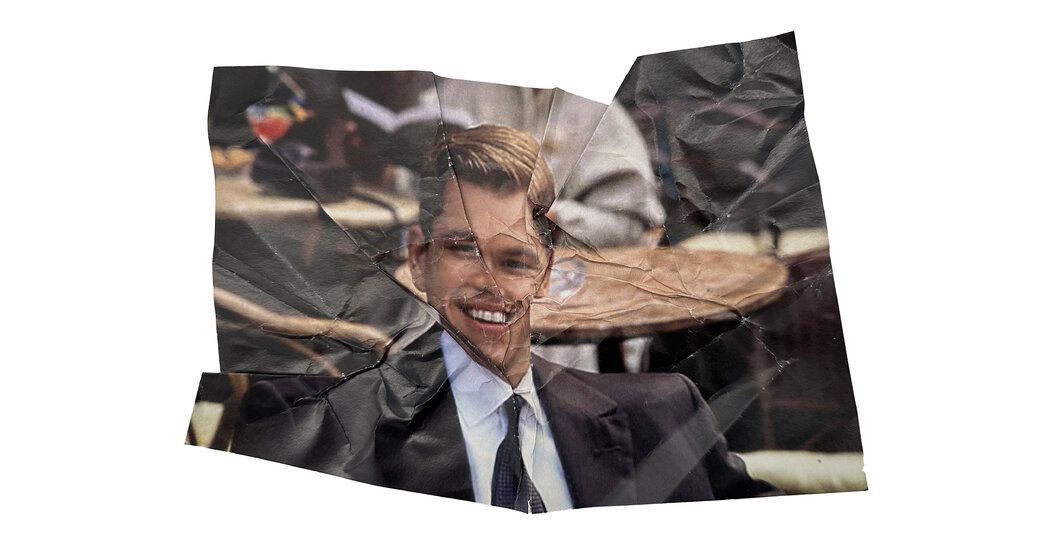There’s one kind of gay villain, though, that seems especially alluring these days, including to gay men. It’s the Wicked Queen — the devious, manipulative, cunning, conniving male homosexual who has learned how to stay two steps ahead of anyone who thinks they can outsmart him. The Wicked Queen often shows up in stories that take place in a primarily gay universe: He’s the selfish one, the callous one, the one who’s a bitch to all his friends — his malice doesn’t need to be filtered through the gaze of the straight world. It’s our business, and it’s there for our delectation. At his most refined and extreme, the Wicked Queen seems not only to relish his criminality but to turn it into a louchely decadent performance piece. These are the gay villains who are currently having their moment in the spotlight. Performative, even showy gay (or gay-coded) villainy — the idea that we’re dark-souled masterminds who know how to be stylish and sociopathic in a single gesture — has been around forever; it’s evident in everything from George Sanders’s Addison DeWitt (technically straight but really not) in “All About Eve” (1950) to Cesar Romero’s Joker in the 1960s “Batman” TV series to Dr. Evil’s pinkie raised to his pursed lips in the “Austin Powers” movies to Divine’s early 1970s collaborations with John Waters to the latest seasons of “RuPaul’s Drag Race.” Yes, it’s a vicious attack on our collective character but, honestly, as vicious attacks go, some of us kind of enjoy that one.
Perhaps, on occasion, we even wear it proudly. The murderous gays in “The White Lotus” certainly do; they escort Tanya to an opera not long before they intend to kill her, almost as if they were event planners pulling together a theme weekend, and to win her confidence, they actually pretend to be a different gay cliché — the obsequious Gay Best Friends, forever fluttering around and consoling the heroine, happy to serve as her supporting characters. Using one stereotype to conceal a worse one? That’s so ruthless, it’s applause-worthy; it’s what one of the drag house members in Jennie Livingston’s documentary “Paris Is Burning” (1990) means when he explains, “Boys are the stupidest. They don’t know how to do a stunt right. Now, faggots will do a stunt and, I mean, you will never catch up with it until years later!” Translation: Gay people know how to play the long game because we have to know; we’re tough, we’re smart and we’re sly because that’s how we endure.
It’s worth noting that the appealing Bad Gay is, and should remain, the province of fiction. In real life, if you internalize those personality characteristics too thoroughly, you do not become a fascinating charismatic antihero; you just become George Santos. But in pop culture, there’s something unexpectedly liberating, even progressive, about seeing gay characters unshackled from the necessity of making a good impression. (It’s why John Early’s staggeringly self-absorbed, needy gay millennial in the cult comedy series “Search Party” [2016-22] was so beloved by gay viewers.) In its first two seasons, the comedy series “The Other Two,” a savage and specific take on our boundless appetite for fame, presents one of its main characters, the aspiring actor Cary Dubek (played by Drew Tarver), as an essentially Good Gay, a young, appealing guy who came out on the late side and is now simultaneously learning to navigate the dating world and the thousand natural shocks and humiliations of struggling on the margins of show business.
But in the recently concluded third and final season, Cary finally makes it, if not to the top then to the middle, and goes full Bad Gay. He becomes a camera-hungry, friend-shafting, insincere, self-dramatizing narcissist. In the hands of the show’s co-creators, the former “Saturday Night Live” head writers Chris Kelly and Sarah Schneider, it feels clear that Cary doesn’t lose himself so much as find himself — the monster he has been all along was just waiting for a chance to emerge. It pains me to say it, but this is, in a way, what diversity looks like (at least, this is one of the things diversity looks like): the dead-on representation of a type that a lot of gay men have met in life but that rarely makes it onto a screen.


